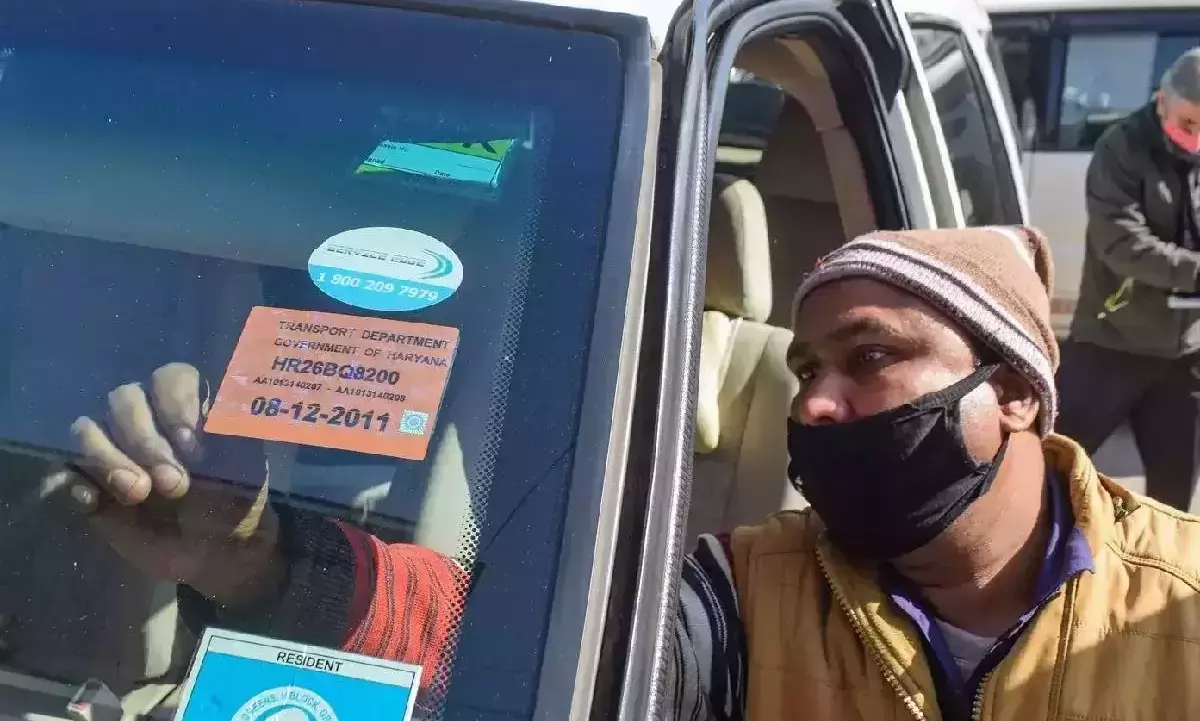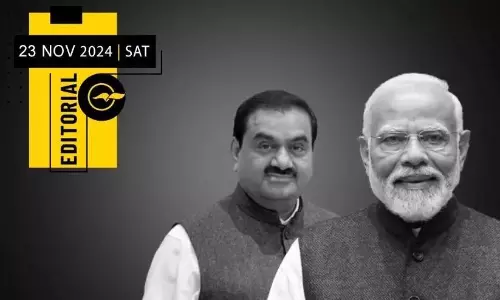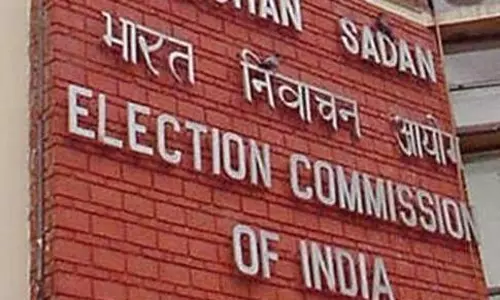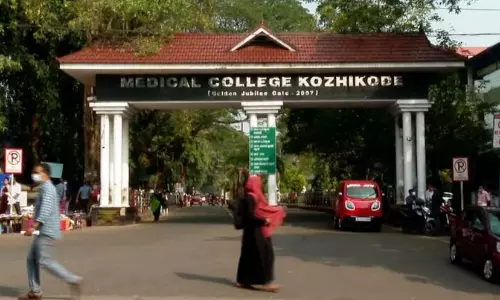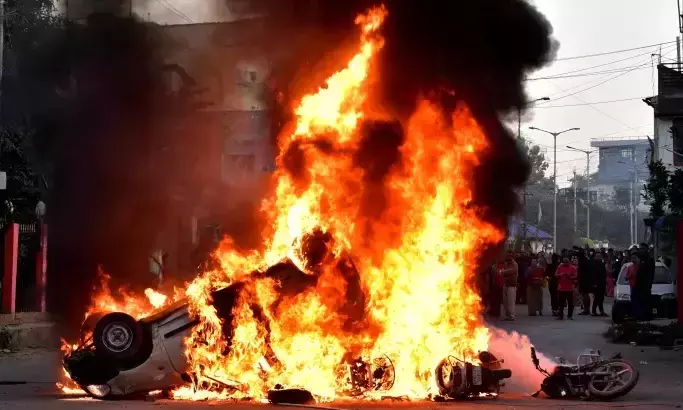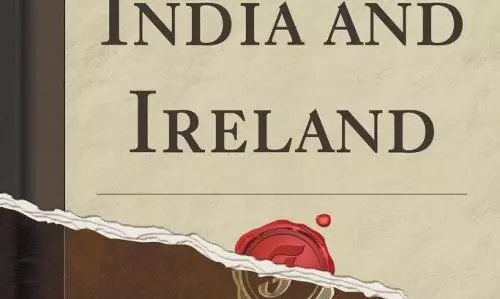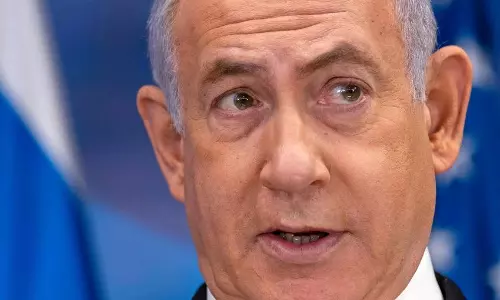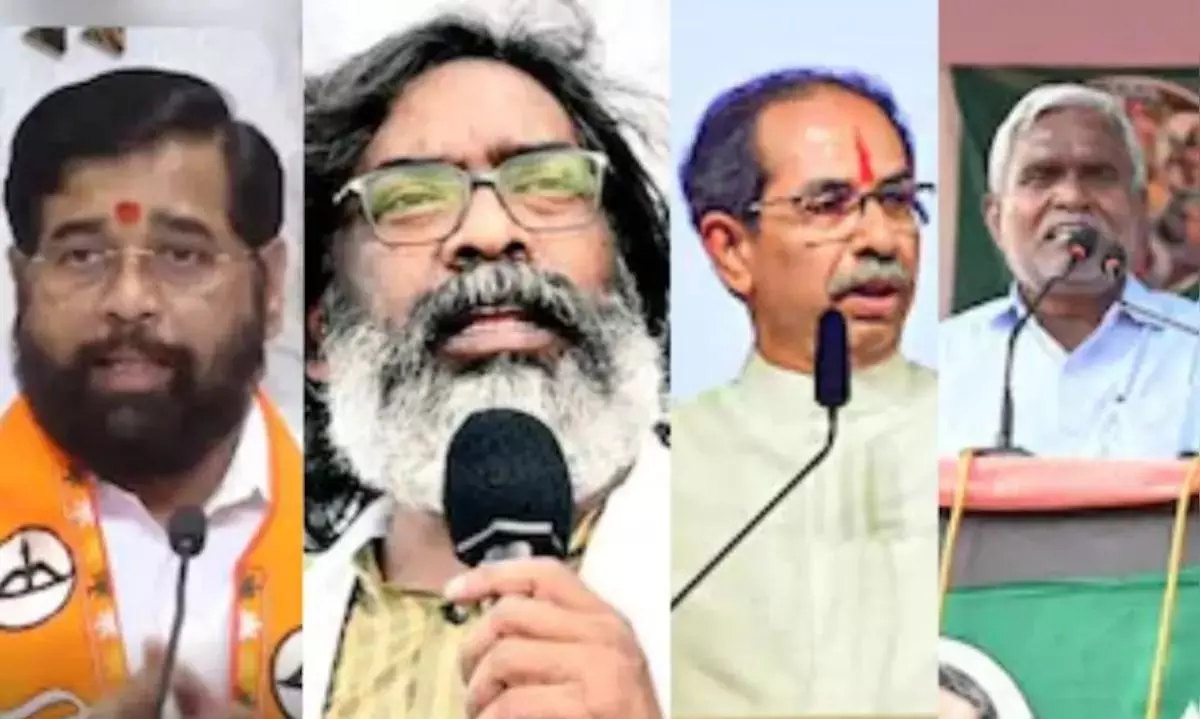
BJP gains Maharashtra, INDIA bloc leads in Jharkhand as Cong trails within the bloc
text_fieldsThe counting of votes in Maharashtra and Jharkhand has unfolded as a critical electoral battleground, reflecting the intense rivalry between the BJP-led National Democratic Alliance (NDA) and the INDIA bloc.
Early trends suggest contrasting outcomes in the two states, with the BJP making significant headway in Maharashtra while struggling to gain traction in Jharkhand.
In Maharashtra, the ruling Mahayuti alliance is surging ahead, surpassing the halfway mark and leaving the Opposition Maha Vikas Aghadi (MVA) trailing significantly. The MVA, which had outperformed the BJP in the recent Lok Sabha elections, now finds itself grappling with an underwhelming performance.
Congress, a key member of the alliance, appears to be faring the worst among its partners, leading in only 20 seats out of the 103 contested. This marks a sharp decline from its 2014 and 2019 performances, raising concerns about its ability to maintain relevance in the state’s shifting political landscape.
The BJP's success in Maharashtra extends to regions such as Marathwada, where it was anticipated to face setbacks due to the contentious Maratha OBC reservation issue. However, the party has managed to secure leads in several constituencies, including the Gansavangi seat, the focal point of Maratha reservation protests.
The performance of the Shiv Sena faction led by Chief Minister Eknath Shinde has also bolstered the Mahayuti's position, as local dynamics and caste affiliations appear to have favoured the alliance.
Meanwhile, the Opposition has raised allegations of electoral malpractice, with calls for a return to ballot paper voting to ensure transparency. These claims underscore the political turbulence that has gripped Maharashtra since 2019, reflecting the deepening divide between ruling and opposition factions.
In Jharkhand, the BJP's aggressive campaign has largely failed to resonate with the electorate. The party’s focus on alleged demographic changes caused by "infiltrators" and its attempt to draw tribal leader Champai Soren from the Jharkhand Mukti Morcha (JMM) have not yielded the desired results.
The INDIA bloc, led by the JMM, is poised to retain its dominance in tribal-reserved constituencies, consolidating its position as the preferred choice among Scheduled Tribe voters.
Congress’s role within the INDIA bloc in Jharkhand has come under scrutiny, as it emerges as a weak link compared to its ally, the JMM. Despite this, the alliance is expected to surpass the halfway mark in the state, ensuring a degree of stability for the INDIA bloc in this crucial electoral contest.
The Congress's broader electoral challenges are evident as it struggles to maintain momentum after a brief resurgence in the Lok Sabha elections earlier this year. Losses in Haryana, Jammu, and Kashmir, as well as Maharashtra and Jharkhand, reflect a turbulent phase for the party. The party’s inability to capitalise on its earlier success raises questions about its strategy and adaptability in the face of the BJP's dominant narrative.
The BJP's campaign tactics often criticised for their divisive undertones, have drawn sharp reactions from political observers. In Jharkhand, the party's attempts to communalise the narrative by targeting Muslim communities as "Bangladeshi infiltrators" failed to gain traction among the state’s Adivasi and other local communities. This outcome highlights the limitations of such polarising strategies in regions with strong tribal identities and welfare-focused political priorities.
The results in Maharashtra and Jharkhand carry broader implications for national politics. Maharashtra’s fragmented political landscape, characterised by the proliferation of splinter factions, underscores the evolving dynamics of regional parties and their influence on electoral outcomes.
Jharkhand’s results, on the other hand, reaffirm the importance of aligning with grassroots movements and addressing local concerns, particularly in tribal-dominated areas.




